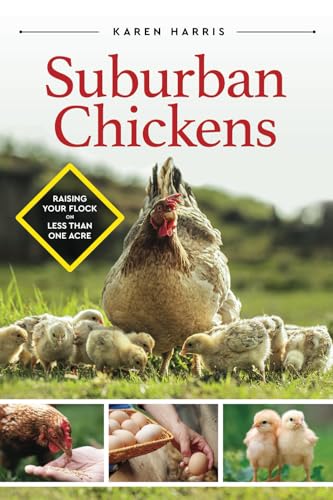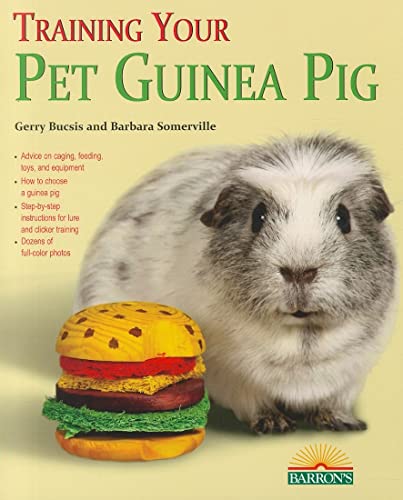
Author: Harris, Karen
Price: $19.95
Category:Animal & Pet Care
Publication Date:2023-06-22T00:00:01Z
Pages:251
Binding:Paperback
ISBN:10:1954288875
ISBN:13:9781954288874
Discover the joys and rewards of raising chickens in your backyard! Author Karen Harris used interviews with a half dozen experienced small-scale chicken farmers to create the ultimate “how-to” book for managing a backyard flock. A TRULY comprehensive guide covering everything you NEED TO KNOW: Sourcing Chicks Understanding chicken terms and breeds Differentiating between layers, meat birds, dual-purpose chickens, and bantams When and where to get chicks: local hatcheries, mail-order, feed stores, local breeders, community exchange groups Preparing for the arrival of chicks: setting up a brooder, providing heat, light, ventilation, quarantine, socialization Raising Chicks Feeding and watering chicks: chick starter, fresh water, treats, grit Ensuring proper warmth and ventilation Monitoring chick health and growth: antibiotics, injuries, illnesses, tracking growth Transitioning chicks to the coop: feathering, weaning from heat lamp, weather considerations, coop introduction Housing for Suburban Chickens Types of chicken housing for small spaces: pre-made coops, custom-built coops, converted sheds, mobile coops Determining the ideal coop size Essential coop features: door, roosts, nesting boxes, predator protection, ventilation, natural sunlight Additional desirable coop features: people door, exterior egg collection lid, feed tubes, electricity Importance of a well-designed chicken run and bedding material options Feeding Your Flock Understanding the digestive system and nutritional requirements of chickens: protein, carbohydrates, fats, minerals, vitamins, calcium, water Types and styles of chicken feed: starter, grower, finisher, layer; crumbles, pellets, mash, scratch Supplementing feed with treats and greens: fruits, vegetables, safe options, growing your own chicken food Importance of oyster shells and distinguishing between oyster shells and grit Considerations regarding lawn care and the interaction of suburban chickens Protecting Your Chickens from Predators Identifying common predators in suburban areas: wildlife (raccoons, hawks, coyotes, etc.) and domestic (dogs, cats, humans) Deterrence strategies: fencing, netting, alarms, motion lights, locks, and latches Responding to an attack: in-progress response, assessing injuries, regrouping afterward Urban Chicken Ordinances Understanding laws, regulations, ordinances, and homeowners’ associations Addressed concerns: number of chickens, rooster bans, slaughter and free-range rules, nuisance complaints, coop placement and housing requirements, health codes Free-Ranging and Foraging Benefits of free-ranging: varied diet, better egg quality, active chickens, tastier meat, cleaner coop, reduced feed costs, insect control, mental stimulation Managing free-range time, protecting free-ranging chickens, drawbacks to consider: lawn chemicals, chicken poop, foraging risks Written in an accessible and engaging style, each chapter is designed to enhance your knowledge and equip you with the tools necessary to succeed.






